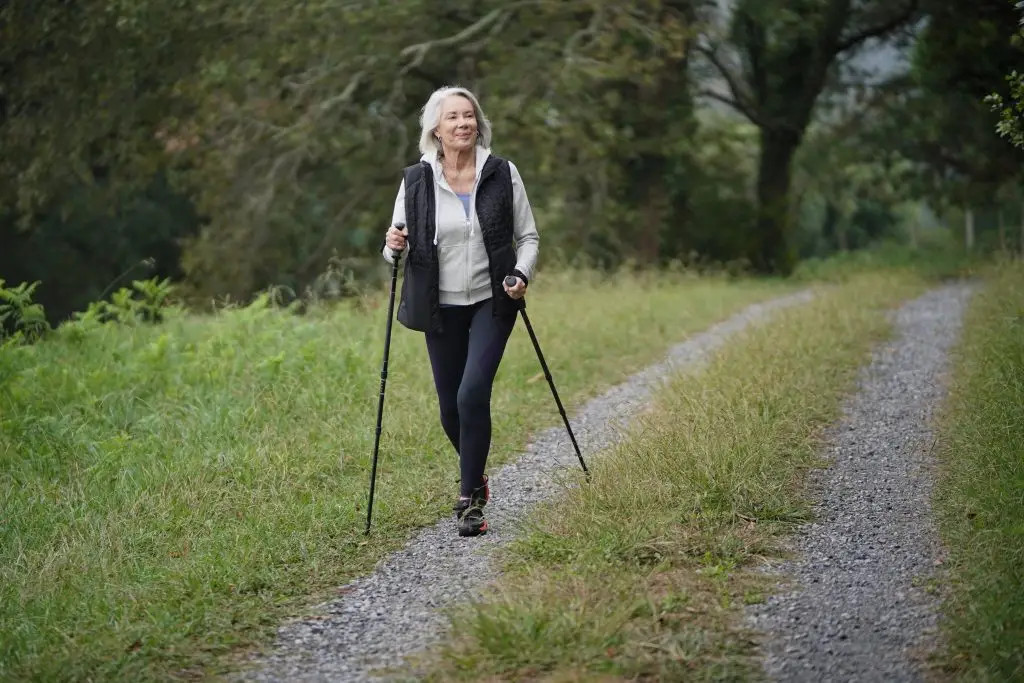Living with arthritis can be an uphill battle. From the frustrating stiffness that’s present from first thing in the morning to the pain that wears on you during the day, arthritis is an obstacle to living a full and active life.
But with the right plan of action, you may be able to find some relief from some of your most debilitating symptoms without medication.
Benefits of exercise for arthritis patients
Sadly, exercise and stretching do not cure arthritis. The underlying issue with arthritis stems from either a degenerative disease that affects the cartilage, bone, and ligaments within joints (osteoarthritis) or chronic inflammation caused by an autoimmune disorder (rheumatoid arthritis).
However, regular exercise can complement the right treatment plan, helping to reduce symptoms and improve your quality of life.
Types of exercise that help with arthritis symptoms
Not all forms of exercise are recommended for people with arthritis pain. The key is to focus on low-impact exercises that are gentle on your joints, while still encouraging movement and strength.
Biking
Cycling is a wonderful way to keep your joints moving without putting too much strain on them. Whether you prefer a stationary bike or outdoor cycling, this exercise helps build leg and core muscles, supports joint flexibility, and improves cardiovascular health.
Elliptical
An elliptical machine is an excellent alternative to walking or running, as it mimics the natural motion of walking while reducing joint impact. Most gyms and fitness centers have elliptical machines.
Walking
Walking might be the easiest and most accessible exercise for people with arthritis. As long as you have good supportive shoes and a level, smooth place to walk, you can start gaining the benefits of strengthening the muscles supporting your joints and improving circulation.
If you can drive yourself, walking through a nearby mall is a great way to consistently get exercise rain or shine. There are often groups who will go on mall walks together for an added social benefit.
Swimming
Water aerobics and swimming have long been known to be excellent activities for those with arthritis or other types of chronic pain. These activities allow you to move freely without placing intense stress on your joints. Water buoyancy reduces joint pressure while making use of your whole body to strengthen muscles.
Strength training
Weight training can help arthritis patients build stronger muscles to better support the specific joints that are causing the most problems. Just be sure to prioritize good form, start with lighter weights, and gradually increase resistance under the guidance of a licensed trainer or physical therapist.
Arthritis stretches for better mobility
Stretching is another way to complement your arthritis treatment plan. There are two types of stretching: static stretching and dynamic stretching. Static stretches are what most people picture when hearing the word “stretch.” They involve placing certain parts of your body in a position that pushes or pulls on the muscles and ligaments in a certain area, holding that pose for several seconds, and then releasing.
Dynamic stretches, on the other hand, are range-of-motion exercises that mimic the natural movements you do on a daily basis, such as raising and lowering your arms repeatedly to stretch the shoulder joint.
While static stretches have their place, dynamic stretches are often more beneficial for arthritis patients.
Key stretching tips for arthritis
- Stretch gently and avoid forcing your joints dramatically beyond their natural comfort zone.
- Focus on the joints you use daily, such as your hands, knees, and hips.
- Practice consistently. Even a few minutes of stretching each day can significantly impact your mobility.
For example, if your arthritis affects your knees, try dynamic stretches like shallow lunges or seated leg extensions before going on a walk. Follow up with static stretches such as holding a quad stretch to enhance your range of motion while your muscles are still “warm.”
Remember, the aim is to keep your joints moving in ways that mimic natural daily activities, helping you preserve your range of motion and reduce stiffness.
A physical therapist can help you develop a personalized stretching plan that focuses on the areas that are most affected by arthritis so you can find safe, effective relief.
Personalized arthritis exercise plans at Armor PT
While general exercise tips can help, managing arthritis is never a one-size-fits-all approach. For personalized support tailored to your unique needs, our physical therapists can help. Call an Armor Physical Therapy clinic near you or request an appointment online today to get started.
